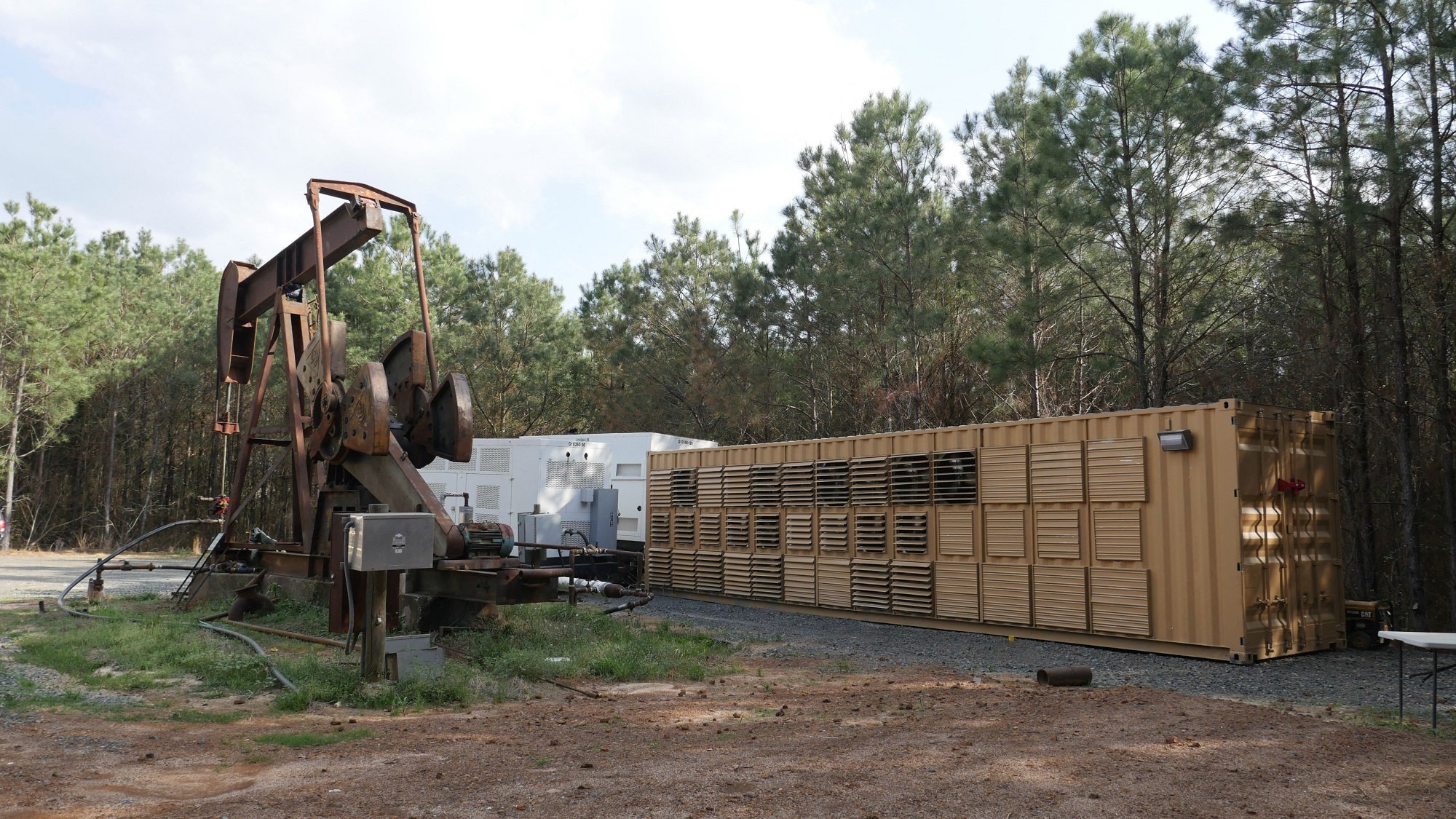

Bitcoin and other cryptocurrencies are notorious for their massive energy consumption, relying on power sources that emit greenhouse gases responsible for climate change. But even if digital currencies were to be produced and exchanged using 100 percent clean energy—which is far from the current reality—their environmental impact would still be overwhelmingly negative, due to Bitcoin’s hardware demands and other factors.
Bitcoin, which makes up about 40 percent of the crypto market and is often compared to “digital gold,” is particularly energy-hungry due to the computationally intensive “mining” process by which new coins are created. The environmental cost of Bitcoin is similar to the costs of crude oil or beef, research published Thursday in Scientific Reports calculates. Of all the commodities considered in the new study, only coal had a higher environmental cost relative to market value than Bitcoin.
“Within the general public, I think a lot of people are still just grappling with what Bitcoin is,” says Benjamin Jones, an environmental economist at the University of New Mexico and a co-author of the study. “But we need to be aware of the tremendous impact it has on the environment. It’s very damaging.”
Jones and his team found that in the last five years, the market value of Bitcoins was sometimes less than the cost of the emissions—calculated based on the social cost of carbon, a widely used estimate of CO2’s cost based on its role in climate change-driven damages—produced in making it.
[Related: Why Bitcoin won’t go green any time soon]
Around 60 percent of Bitcoin mining worldwide is powered by fossil fuel-generated energy, giving the cryptocurrency a carbon footprint the size of Greece’s. A switch to entirely clean energy wouldn’t eliminate crypto’s adverse environmental impacts—something else it has in common with the beef industry.
By weight, cattle raised for beef produce more greenhouse gases, mostly in the form of methane, than any other common food source. Beef cattle also require a lot of water and land, which they can erode and pollute as they graze. Bitcoin mining’s environmental impact, likewise, goes beyond carbon emissions.
“In addition to energy use, you have to consider hardware use and e-waste,” says Alex De Vries, founder of Digiconomics and a PhD candidate studying digital currencies who was not involved with Jones’s research. “These devices end up in unknown locations for unknown amounts of time, potentially leaching toxic materials into the ground and water. Or they’re thrown into an incinerator, and the toxic materials are released into the air.”
In 2021, De Vries published a study on the waste produced by the crypto sector—obsolete hardware and equipment—and calculated it was responsible for about as much electronic waste in a year as the Netherlands. It breaks down to about 400 grams, or two iPhones worth of e-waste, per Bitcoin transaction.
One reason for this is that most mining computers are run by a highly specialized processor that can only perform one function, in this case the program to earn a Bitcoin, as opposed to the general-purpose CPUs found in the average desktop computer.
[Related: A beginner’s guide to how cryptocurrencies work]
These singularly focused chips make for more efficient mining, but De Vries estimates that they’re obsolete within a year and a half, on average. After that, they’re likely bound for the landfill—the chips can’t be repurposed, and other research suggests that most of it is not recycled—running the risk of exposing people to the toxic components.
And it’s not just the waste: Research quantifying these impacts is still hard to come by, but De Vries points out that mining facilities require a lot of water for the cooling systems that prevent that computers from overheating, in addition to the land they take up and noise pollution they create, both of which can be harmful to local residents and habitats.
Yet the high energy needs and hyper-specialized hardware, though emblematic of Bitcoin, aren’t intrinsic to all cryptocurrencies. Earlier this month, Ethereum, the second-largest digital currency by market share, switched from mining rules akin to Bitcoin’s to a system that requires far less computing. The change cut the energy used to produce and verify new coins by 99.99 percent. The update should reduce the currency’s overall impact from waste, land and water use, and noise pollution by similar amounts, since the number of computers involved overall has been drastically reduced.
“Regulators or anyone highly invested in the coins need to think about whether they have to produce [Bitcoins] the way that they do. A lot of these problems could be negligible overnight,” says Jones, if the coins were mined using different methods.
